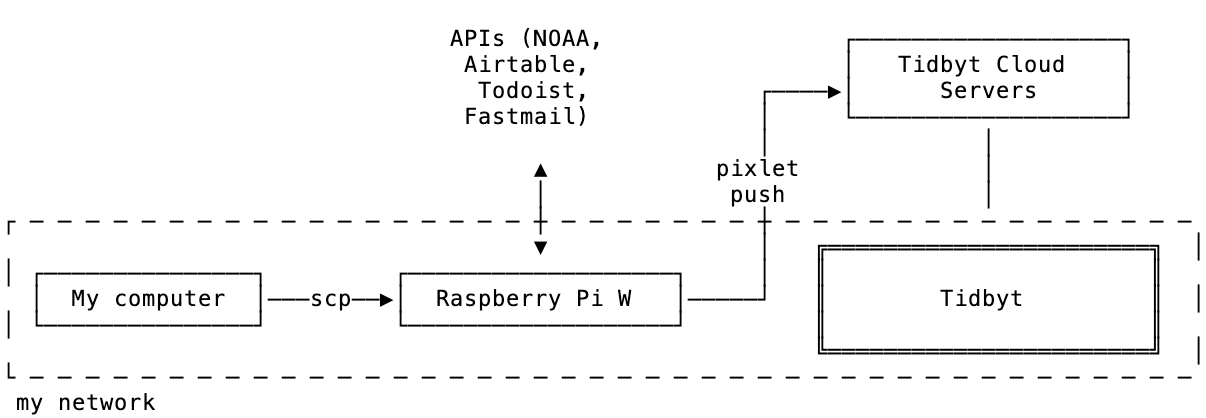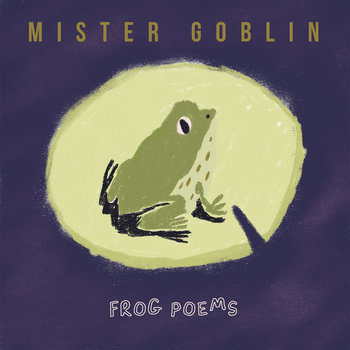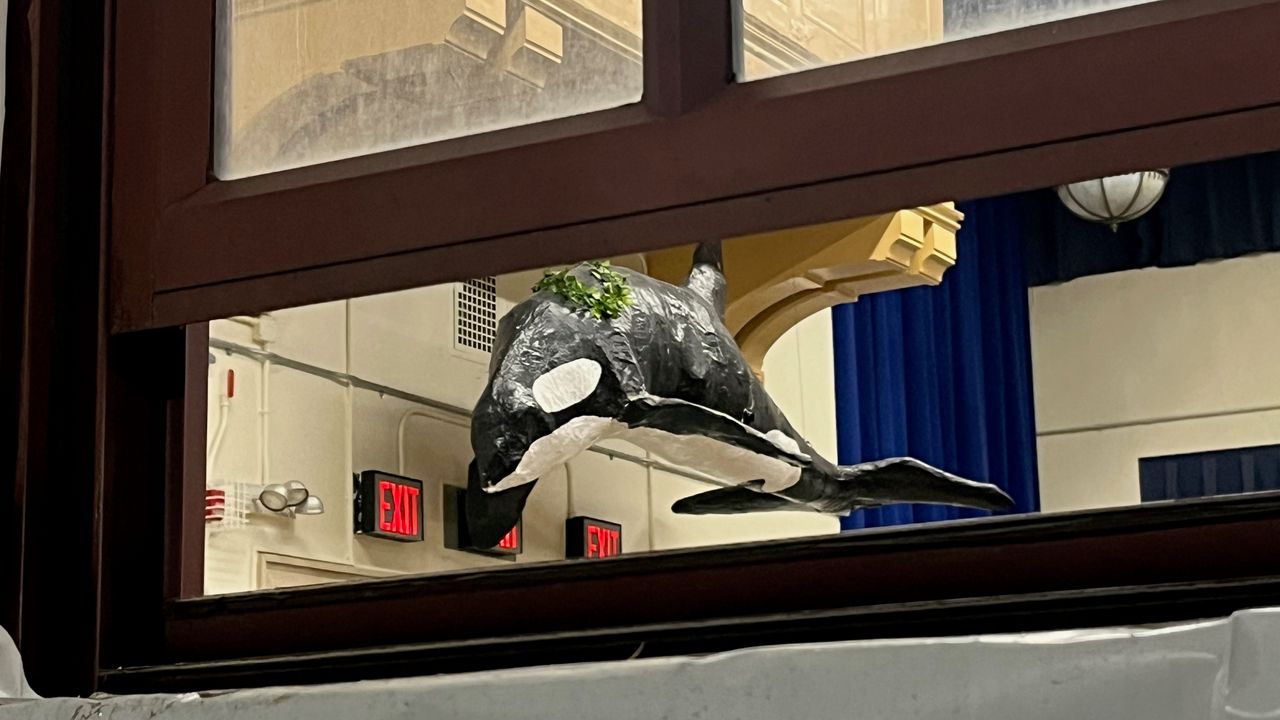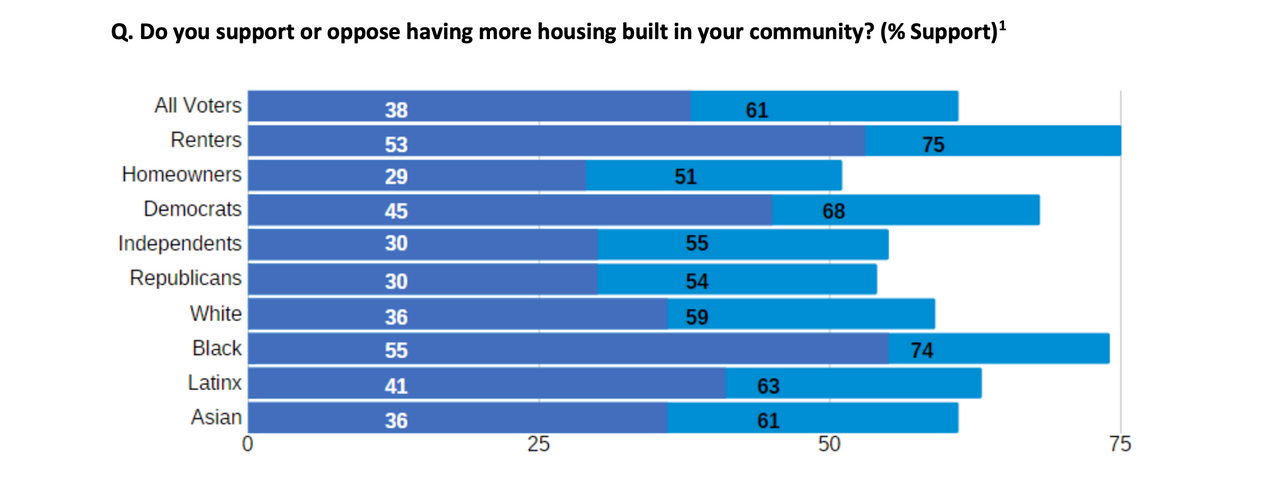Recently
This’ll be the last Recently in 2025. It’s been a decent year for me, a pretty rough year for the rest of the world. I hope, for everyone, that 2026 sees the reversal of some of the current trends.
Watching
This video from Daniel Yang, who makes spectacular bikes of his own, covers a lot of the economics of being a bike-builder, which are all pretty rough. I felt a lot of resonance with Whit: when I ran a business I always felt like it was tough to be commercial about it, and had to fight my own instincts to over engineer parts of it. It’s also heartbreaking to think about how many jobs are so straightforwardly good for the maker and good for the buyer but economically unviable because of the world we live in. I feel like the world would be a lot different if the cost of living was lower.
Yes, the fan video! It’s a solid 48 minutes of learning how fans work. I finally watched it. Man, if every company did their advertising this way it would be so fun. I learned a lot watching this.
I have trouble finding videos about how things work that are actually about how things work. Titles like “how it’s made” or “how it works” or “how we did it” perform well in A/B tests and SEO so they get used for media that actually doesn’t explain how it’s made and how it works, greatly frustrating people like me. But the fan video delivers.
Reading
But then, you realize that the goal post has shifted. As the tech industry has become dramatically more navigable, YC became much less focused on making the world understandable, revolving, instead, around feeding consensus. “Give the ecosystem what they want.”
I have extremely mixed feelings about Build What’s Fundable, this article from Kyle Harrison. Some of it I think is bravely truth-telling in an industry that usually doesn’t do public infighting - Harrison is a General Partner at a big VC firm, and he’s critiquing a lot of firms directly on matters both financial and ethical.
But on the other hand, there’s this section about “Breaking the Normative Chains”:
When you look at successful contrarian examples, many of them have been built by existing billionaires (Tesla, SpaceX, Palantir, Anduril). The lesson from that, I think, isn’t “be a billionaire first then you can have independent thoughts.” It is, instead, to reflect on what other characteristics often lead to those outcomes. And, in my opinion, the other commonality that a lot of those companies have is that they’re led by ideological purists. People that believe in a mission.
And then, in the next section he pulls up an example of a portfolio company that encapsulates the idea of true believers, and he names Base, which has a job ad saying “Don’t tell your grandkids all you did was B2B SaaS.”
Now, Base’s mission is cool: they’re doing power storage at scale. I like the website. But I have to vent here that the founder is Zach Dell. Michael Dell’s son. Of Dell Computer, and a 151 billion dollar fortune.
I just think that if we’re going to talk about how the lesson isn’t that you should be a billionaire first before having independent thoughts and building a big tech company, it should be easy to find someone who is not the son of the 10th wealthiest person in the world to prove that point. I have nothing against Zach in particular: he is probably a talented person. But in the random distribution of talented, hardworking people, very few of them are going to be the son of the 10th wealthiest person in the world.
Like so many other bits of Times coverage, the whole of the piece is structured as an orchestrated encounter. Some people say this; however, others say this. It’s so offhand you can think you’re gazing through a pane of glass. Only when you stand a little closer, or when circumstances make you a little less blinkered, do you notice the fact which then becomes blinding and finally crazymaking, which is just that there is zero, less than zero, stress put on the relation between those two “sides,” or their histories, or their sponsors, or their relative evidentiary authority, or any of it.
I love this article on maybe don’t talk to the New York Times about Zohran Mamdani. It describes the way in which the paper launders its biases, which overlaps with one of my favorite rules from Wikipedia editing about weasel words.
I don’t want you to hate this guy. Yes, he actively promotes poisonous rhetoric – ignore that for now. This is about you. Reflect on all your setbacks, your unmet potential, and the raw unfairness of it all. It sucks, and you mustn’t let that bitterness engulf you. You can forgive history itself; you can practice gratitude towards an unjust world. You need no credentials, nor awards, nor secrets, nor skills to do so. You are allowed to like yourself.
Taylor Troesh on IQ is exactly what I needed that day.
The React team knows this makes React complicated. But the bet is clear: React falls on the sword of complexity so developers don’t have to. That’s admirable, but it asks developers to trust React’s invisible machinery more than ever.
React and Remix Choose Different Futures is perfect tech writing: it unpacks the story and philosophy behind a technical decision without cramming it into a right-versus-wrong framework.
When you consider quitting, try to find a different scoreboard. Score yourself on something else: on how many times you dust yourself off and get up, or how much incremental progress you make. Almost always, in your business or life, there are things you can make daily progress on that can make you feel like you’re still winning. Start compounding.
“Why a language? Because I believe that the core of computing is not based on operating system or processor technologies but on language capability. Language is both a tool of thought and a means of communication. Just as our minds are shaped by human language, so are operating systems shaped by programming languages. We implement what we can express. If it cannot be expressed, it will not be implemented.” – Carl Sassenrath
Alexis Sellier, whose work and aesthetic I’ve admired since the early days of Node.js, is working on a new operating system. A real new operating system, like playb.it or SerenityOS (bad politics warning). I’m totally into it: we need more from-scratch efforts like this!
Yes, the funds available for any good cause are scarce, but that’s not because of some natural law, some implacable truth about human society. It’s because oligarchic power has waged war on benign state spending, leading to the destruction of USAID and drastic cuts to the aid budgets of other countries, including the UK. Austerity is a political choice. The decision to impose it is driven by governments bowing to the wishes of the ultra-rich.
The Guardian on Bill Gates is a good read. I’ve had The Bill Gates Problem on my reading list for a long time. Maybe it’s next after I finish The Fort Bragg Cartel.
Contrast this with the rhetorical shock and awe campaign that has been waged by technology companies for the last fifteen years championing the notion of ephemerality.
Implicit, but unspoken, in this worldview is the idea of transience leading to an understanding of a world awash in ephemeral moments that, if not seized on and immediately capitalized to maximum effect, will be forever lost to the mists of time and people’s distracted lifestyles.
Another incredible article by Aaron Straup Cope about AI, the web, ephemerality, and culture. (via Perfect Sentences)
Also, no exact quote, but I’ve been subscribed to Roma’s Unpolished Posts and they have been pretty incredible: mostly technical articles about CSS, which have been ‘new to me’ almost every day, and the author is producing them once a day. Feels like a cheat code to absorb so much new information so quickly.
Listening
I didn’t add any major new albums to my collection this month. I did see Tortoise play a show, which was something I never expected to do. So in lieu of new albums, here’s a theme.
There are a bunch of songs in my library that use a meter change as a way to add or resolve tension. I’m not a big fan of key changes but I love a good rhythm or production shift.
First off: Kissing the Beehive. Yes, it’s nearly 11 minutes long. Magically feeling “off kilter” and “in the pocket” at the same time. I’m no drummer but I think the first part is something like three measures of 4/4 and one of 6/4. But then at 3:26, brand new connected song, and by the time we get to 7 minutes in, we’re in beautiful breezy easy 4/4!
An Andrew Bird classic: about a minute of smooth 4/4, and then over to 7/4 in the second half or so.
I adore Akron/Family’s Running, Returning. Starts in classic 5/4, then transitions to 4/4, then 6/8. For me it all feels very cohesive. Notably, the band is not from Akron Ohio but formed in Williamsburg and were from other East Coast places. If you’re looking for the band from Akron, it’s The Black Keys.
Slow Mass’s Schemes might be my song of the year. Everything they write just sounds so cool. The switchup happens around 2:40 when the vocals move to 6/4. Astounding.
Predictions
Back in January, I made some predictions about 2025. Let’s see how they turned out!
1: The web becomes adversarial to AI
I am marking this one as a absolute win: more and more websites are using Anubis, which was released in March, to block LLM scrapers. Cloudflare is rolling out more LLM bot protections. I at Val Town have started to turn on those protections to keep LLM bots from eating up all of our bandwidth and CPU. The LLM bots are being assholes and everyone hates them.
2: Copyright nihilism breeds a return to physical-only media
This was at most going to be a moderate win because physical-only media will be niche, but I think there are good signs that this is right. The Internet Phone Book, in which this site is featured, started publishing this year. Gen Z seems to be buying more vinyl and printing out more photos.
3: American tech companies will pull out of Europe because they want to do acquisitions
Middling at best: there are threats and there is speculation, but nothing major to report.
4: The tech industry’s ‘DEI backlash’ will run up against reality
Ugh, probably the opposite has happened. Andreesen Horowitz shut down their fund that focused on women, minorities, and people underepresented in VC funding. We’ll know more about startups themselves when Carta releases their annual report, which looked pretty bad last year.
5: Local-first will have a breakthrough moment
Sadly, no. Lots and lots of promising projects, but the ecosystem really struggles to produce something production-ready that offers good tradeoffs. Tanstack DB might be the next contender.
6: Local, small AI models will be a big deal
Not yet. Big honkin’ models are still grabbing most of the headlines. LLMs still really thrive at accomplishing vague tasks that are achievable with a wide range of acceptance criteria, like chatbots, and are pretty middling at tasks that require specific strict, quantifiable outputs.
For my mini predictions:
- Substack will re-bundle news. Sort of! Multi-editor newsletters like The Argument are all the rage right now.
- TypeScript gets a zeitwork equivalent and lots of people use it. Sadly, no.
- Node.js will fend off its competitors. Mostly! Bun keeps making headway but Node.js keeps implementing the necessary featureset, and doesn’t seem to be losing that much marketshare.
- Another US city starts seriously considering congestion pricing. There are rumblings from Boston and Chicago!
- Stripe will IPO. Nope. Unlimited tender offers from Sequoia is just as good as IPOing, so why would they.
































































































